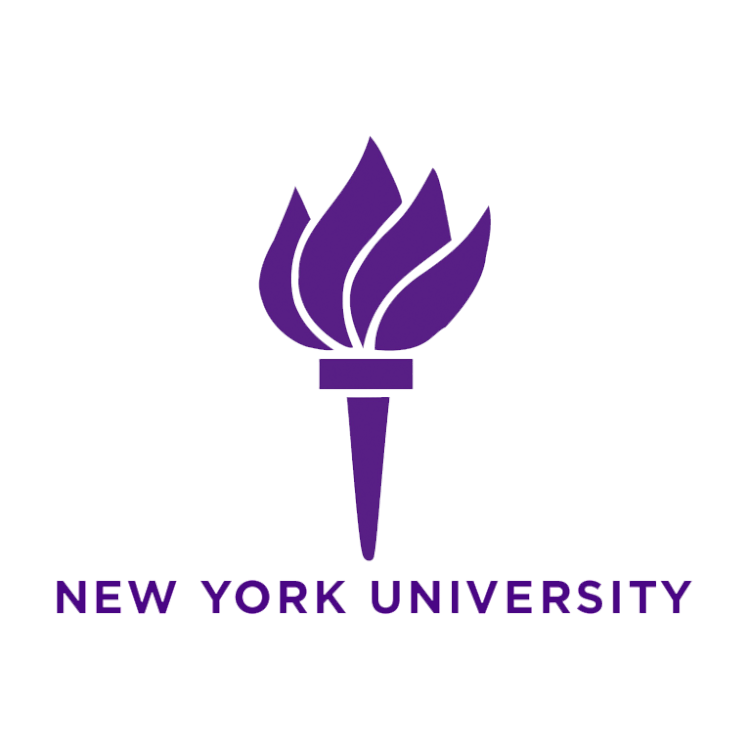Physical Computing 9.5.19
What is Physical Computing?
Since I’ve gotten accepted into ITP I’ve asked this question multiple times in a variety of forms. Within the program, what does it mean to focus on physical computing vs. more of the coding work? While registering for classes, what does the Introduction to Physical Computing class entail? On this first day of class, what is actual physical computing?
After my first day of class, I’m not quite sure that I have any form of an answer, at least not anything close to a satisfying answer. During the class discussion there were a few solid attempts at answers. There was talk of human-centered design, bridging the physical and digital worlds, intuition/pleasure/labor, and user experience (I would totally credit people who came up with these thoughts, but I’m still learning names, sorry!). These all seem to fall within the realm of physical computing, but I suspect that they don’t quite fully encapsulate the whole of it.
During a Paper Prototype exercise, I got a better sense of what Physical Computing might be. Working with Nick and Paulami, we came up with a prototype for a device that detected the freshness of milk, The Spoiler Alert! By thinking of how the device would work, how someone would learn to interact with it and how they would interpret the results from it, I was able to feel like this is what the class would be about. Due to the infinite variables within the prototyping process (available materials, various ways that people learn to navigate systems, various levels of comprehension, etc.) it is almost impossible to have a final product that is exactly as one would imagine it initially. When working with others, compromises will typically be made in order to come to a design that meets the standard of the group and not the individual. During the design process, I kept asking myself “Would I be able to figure out how to make this work if I wasn’t the one who designed it?” and that essentially became the driving force behind all of my input. It was great to have two other people to work with because it helped me understand how quickly my ideas translated to others.

